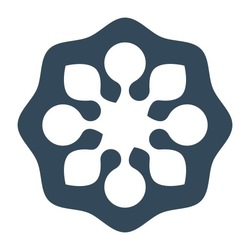La Lumière Noire: 2019 Burgundy - Côte de Beaune
Domaine Bachelet-Monnot
Les Referts Puligny-Montrachet 1er Cru Chardonnay 2018
The 2018 Puligny-Montrachet Les Referts 1er Cru has a taut crisp and flinty bouquet with Granny Smith apples and a light sea spray element. The palate is well balanced with fine acidity, taut and fresh with a precise and nervous finish. I think this may well outflank the 2019 - let’s see. (Neal Martin, Vinous, December 2020)
— 5 years ago
Domaine Bachelet-Monnot
Bâtard-Montrachet Grand Cru Chardonnay 2018
The 2018 Bâtard-Montrachet Grand Cru sees no new oak and is aged instead in one and two-year-old 350-litre barrels. It has a gorgeous bouquet with lemon curd, nectarine and crushed rock aromas, very seductive even at this premature stage. The palate is well balanced with a saline entry, fresh and crisp with an almost graphite tinged finish. So much nervosité is coiled up in this Bâtard - it will give 20-30 years of drinking pleasure. (Neal Martin, Vinous, December 2020)
— 5 years ago



Delectable Wine

Follow to learn about our favorite wines & people.
The 2018 Corton-Charlemagne Grand Cru was bottled in May alongside the Folatières, as they wanted to keep them longer in tank. It delivers on the promise of last year’s showing with beeswax and citrus lemon notes, although it might just have closed up a little since bottling. The palate is vibrant and energetic, very smooth in texture, offering lovely white peach, almond and white Chinese tea notes toward the finish. I suspect that this will surpass the 2019. (Neal Martin, Vinous, December 2020)
— 5 years ago